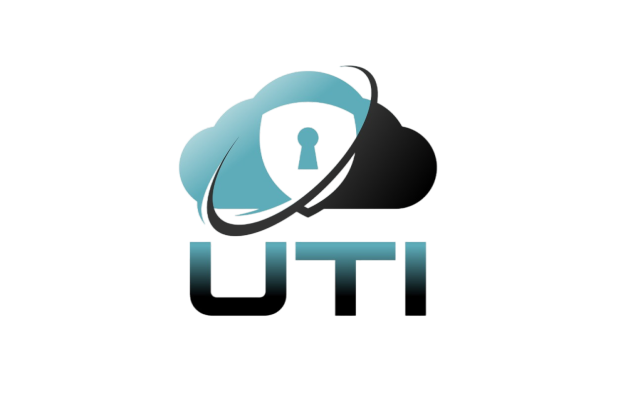Privileged Access Management (PAM) solutions play a pivotal role in enhancing cybersecurity measures within an organization. Here are the key benefits that PAM brings to the table:
1. Risk Reduction:
Mitigation of Insider Threats: PAM helps minimize the risk of insider threats by controlling and monitoring access to sensitive data, systems, and resources, reducing the potential for misuse by privileged users.
2. Enhanced Security Posture:
Least Privilege Principle: PAM enforces the principle of least privilege, ensuring that users, including administrators, have only the necessary permissions to perform their specific tasks. This limits the impact of a potential security breach.
3. Compliance Adherence:
Regulatory Compliance: PAM solutions assist organizations in meeting regulatory requirements by providing robust controls and audit trails, which are often crucial for compliance with data protection and privacy regulations.
4. Improved Accountability:
Auditability: PAM solutions offer detailed logging and auditing capabilities, providing a comprehensive record of privileged activities. This transparency enhances accountability and aids in forensic analysis in case of security incidents.
5. Credential Management:
Secure Storage: PAM solutions securely store and manage privileged account credentials, reducing the risk of credentials being compromised. This ensures that sensitive information is well-protected.
6. Efficient Access Management:
Automated Provisioning and Deprovisioning: PAM streamlines the process of granting and revoking privileged access, ensuring timely access for authorized personnel and promptly terminating access for individuals who no longer require it.
7. Real-time Monitoring and Alerts:
– Continuous Monitoring: PAM solutions provide real-time monitoring of privileged user activities, enabling quick detection of suspicious behavior or unauthorized access. Automated alerts facilitate rapid response to potential security incidents.
8. Quick Incident Response:
Session Recording and Playback: PAM captures and records privileged user sessions, enabling security teams to review activities post hoc. This capability is crucial for investigating security incidents and understanding the full context of any potential breaches.
9. Password Rotation and Complexity Management:
Automated Password Management: PAM automates the process of regularly rotating passwords for privileged accounts, reducing the risk of unauthorized access due to compromised credentials.
10. Streamlined Workflow:
Centralized Management: PAM provides a centralized platform for managing privileged access across the organization, simplifying administrative tasks, and ensuring a consistent and standardized approach to security.
11. Protection Against Advanced Threats:
Threat Analytics: PAM solutions often incorporate threat analytics and anomaly detection, identifying unusual patterns or behaviors that may indicate a potential security threat.
12. Business Continuity:
Preventing Disruptions: By securing privileged accounts and ensuring proper access controls, PAM helps prevent disruptions caused by unauthorized or accidental actions, contributing to overall business continuity.
Conculsion
In summary, implementing Privileged Access Management solutions strengthens an organization’s cybersecurity posture, reduces risks, facilitates compliance, and ensures a proactive and efficient approach to privileged access. It is a critical component of a comprehensive cybersecurity strategy in today’s threat landscape.


